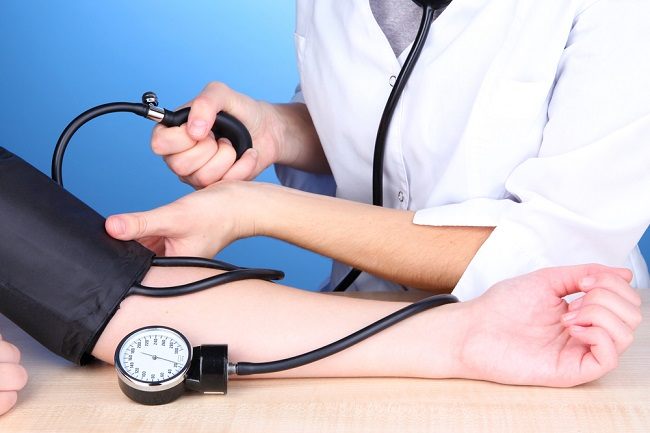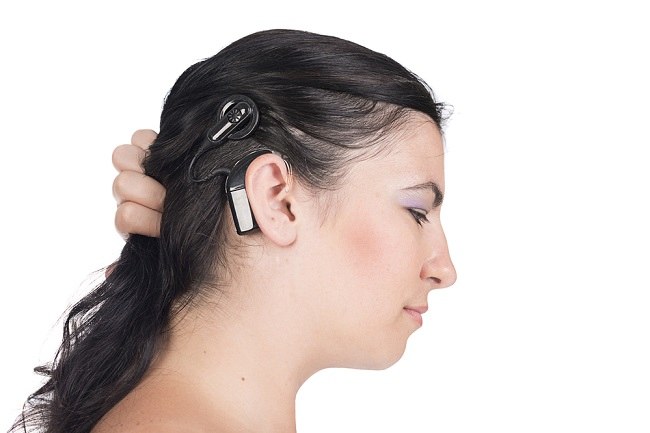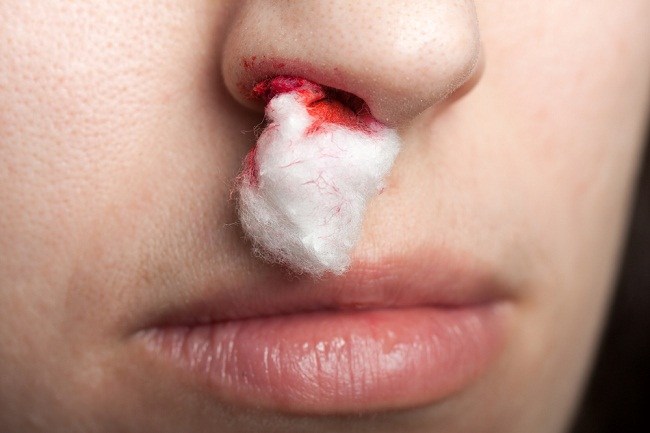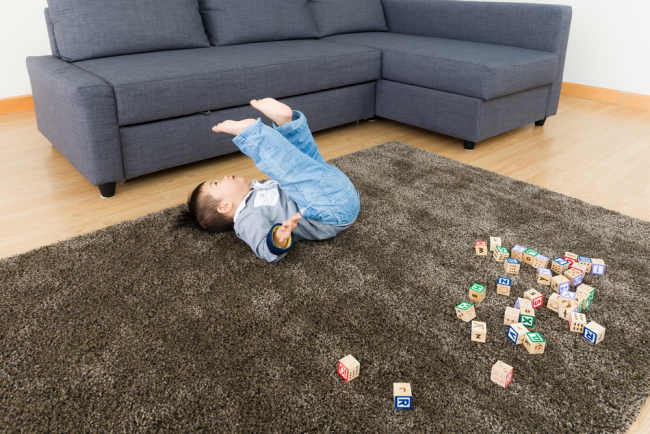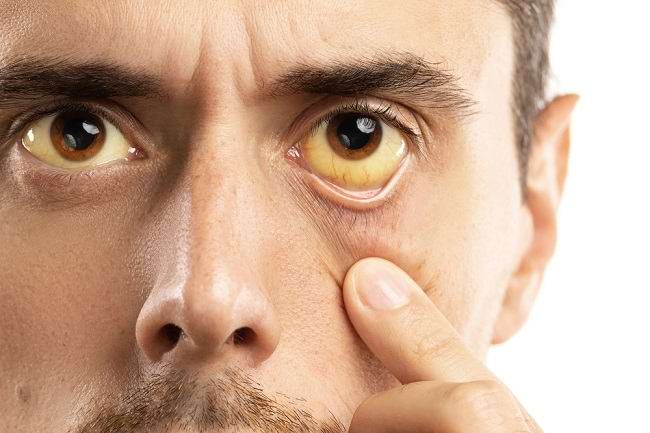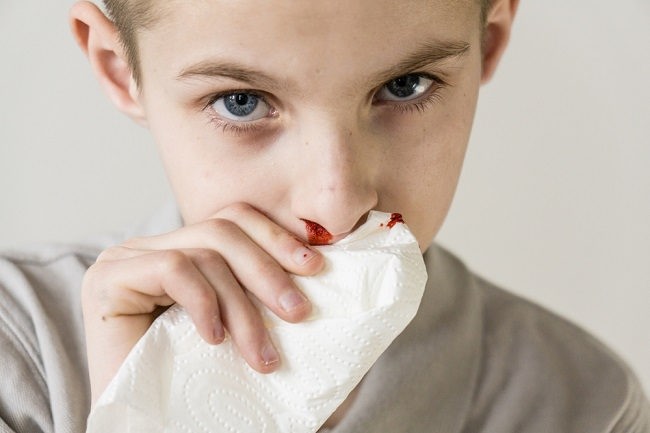Naftifine is a drug used to treat diseases caused by fungal infections on the skin, like tinea pedis, tinea corporis, or tinea cruris. This medicine should only be used with a doctor's prescription.
Naftifine is an antifungal drug that works by damaging the cell walls of fungi. That way, the growth and reproduction of the fungus that causes the infection will stop and the fungus will die.
 naftifine trademark: Exoderil, Naftin
naftifine trademark: Exoderil, Naftin
What is Naftifine
| group | Prescription drugs |
| Category | Allylamine class antifungal |
| Benefit | Treating fungal skin infections |
| Consumed by | Adults and children 12 years and over |
| Naftifine for pregnant and lactating women | Category B:Animal studies have not shown any risk to the fetus, but there are no controlled studies in pregnant women. It is not known whether Naftifine is absorbed into breast milk or not. If you are breastfeeding, do not use this medicine without consulting your doctor first. |
| Drug form | Cream and gel |
Precautions Before Using Naftifine
Naftifine should only be used with a doctor's prescription. The following are things you need to pay attention to before using naftifine:
- Do not use naftifine if you are allergic to this drug. Tell your doctor if you are allergic to any other antifungal drugs, such as terbinafine.
- Tell your doctor if you are pregnant, breastfeeding, or planning a pregnancy.
- Tell your doctor if you are taking any other medicines, including supplements or herbal products.
- Call your doctor right away if you experience an allergic reaction to the drug after using naftifine.
Dosage and Rules for Use of Naftifine
The following are common doses of naftifine to treat ringworm (tinea corporis), yeast infection in the groin (tinea cruris), or water fleas (tinea pedis):
- Naftifine hydrochloride (Hcl) cream 1%: Apply once a day on the infected area, for 2-6 weeks.
- Naftifine gel 1%: Apply 2 times a day in the morning and evening on the infected area, for 2-6 weeks.
How to Use Naftifine Correctly
Be sure to read the instructions on the medicine package and follow the doctor's advice before using naftifine. Do not increase or decrease the dose without consulting your doctor first.
Naftifine cream and gel should only be used on the skin. Clean the infected area then dry it, then apply a thin layer of naftifine to the infected area. Do not forget to always wash your hands before and after using this medicine.
Do not use this medication in the eyes, nose, mouth, or vagina. If these areas are accidentally exposed to the drug, clean immediately and rinse under running water. Use naftifine regularly to get maximum results.
Store naftifine at room temperature. Avoid exposure to direct sunlight and keep out of reach of children.
Interactions of Naftifine with Other Drugs
There is no known interaction effect that can occur if naftifine is used together with other drugs. To prevent drug interactions, be sure to tell your doctor if you are taking certain medications.
Side Effects and Dangers of Naftifine
Some of the side effects that can appear after using naftifine are:
- Itchy rash
- Burning feeling on the skin
- Dry skin
- skin irritation
Check with the doctor if the complaint persists. Immediately see a doctor if an allergic reaction occurs after using naftifine which can be characterized by the appearance of an itchy skin rash, swelling of the lips or eyelids, and difficulty breathing.

